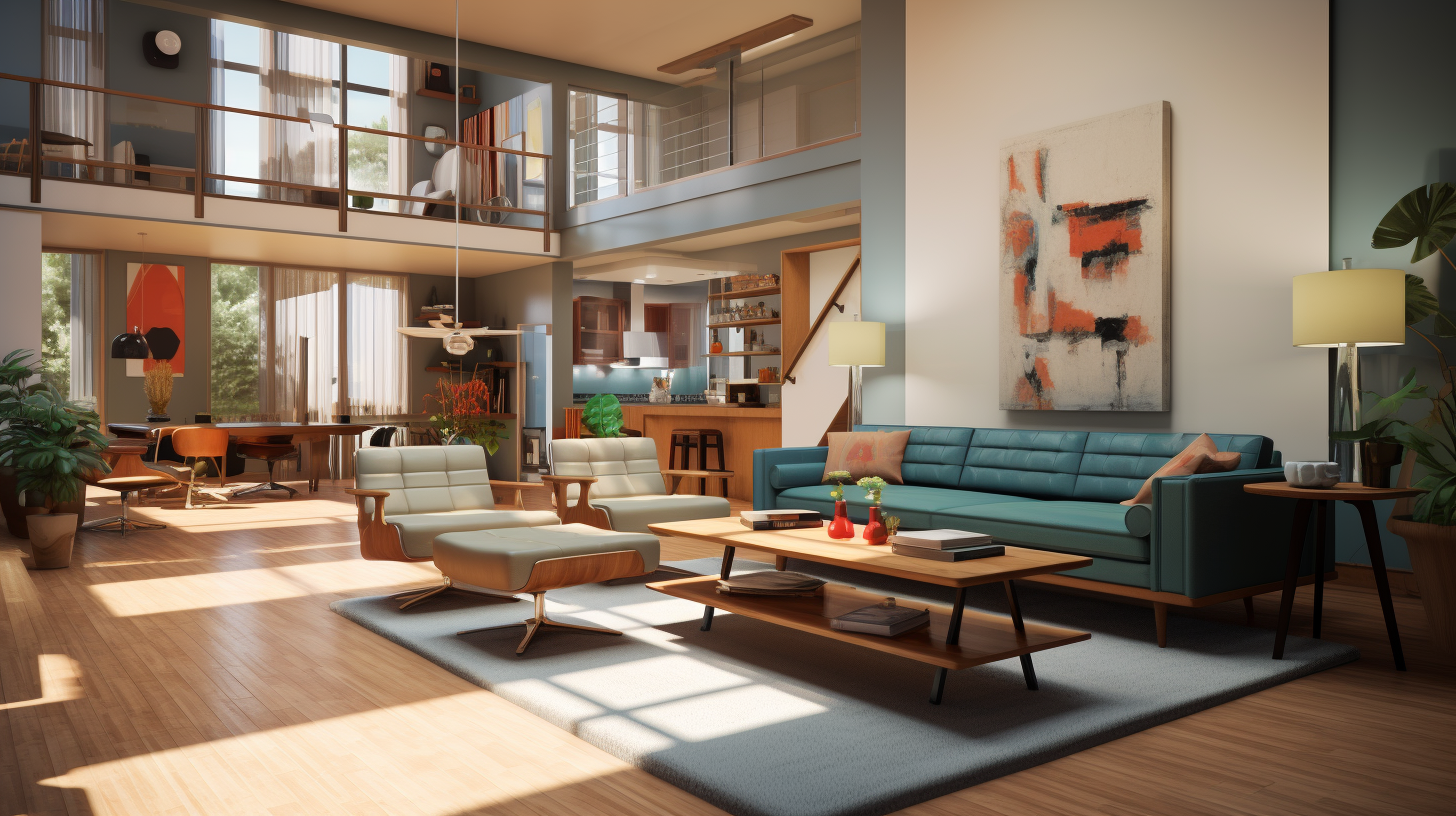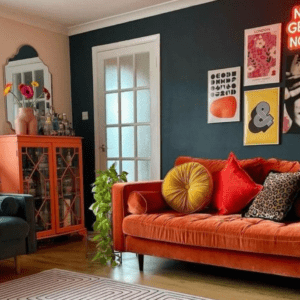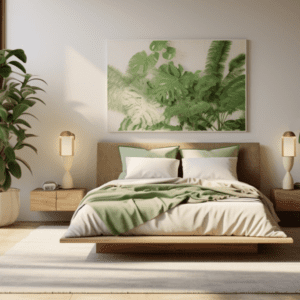Design is always cyclical. Styles that were popular in the past are being resurrected in new ways. And, while mid century modern design is not the only aesthetic that has experienced a resurgence, it has done so with unparalleled longevity. The modernist aesthetic is distinguished by clean lines, organic forms, a minimalist approach, and high functionality. It gained popularity in the 1940s and, despite a second surge of interest in the late 1990s, has yet to fade from the public eye—much to the dismay of many design experts. For decades, designers have debated the relevance of mid century interior design. Some argue that if we haven’t made it our own, we should abandon it, while others argue that it is eternally relevant. We wouldn’t call mid century modern a style, but rather an era of design. While it began in the second half of the twentieth century, it is still very relevant to our current times.
Whatever side of the debate you take, it’s clear that the mid century modern aesthetic has left an indelible mark on the design world, demonstrating function and form that we can all learn from. So, whether you’re planning a full midcentury home renovation or just want to incorporate the look into your living room with a few simple changes, read on to learn how you can do it yourself, and we bet you won’t want to come back.
Characteristics of a Mid-Century Modern House
The distinguishing feature or characteristic of this style is its simplicity, which manifests itself in the use of clean lines and a neat finish, as well as a classic, subtle look bordering on minimalism.
- A mid-century modern style features an expressive and expensive piece of canvas as the focal point of the room.
- A mid-century modern home is free of clutter and focuses on large pieces of furniture rather than small ornamental pieces. Vintage pieces, such as an antique coffee table, are used to add character to rooms, while plants and organic forms help to create the desired ambiance.
- Mid-century modern style is distinguished by clean lines, spare surfaces, and simplicity.
- Marble is used extensively in this mid-century modern design style, particularly on kitchen countertops and backsplashes.
- The living room can be brightened with pops of color by using graphic shapes in colors reminiscent of the 1950s and 1960s, sculptures that speak about those eras, decorations in vibrant colors, etc.
To summarize, here are a few design principles for your mid-century modern home:
- Simple and minimalistic decor.
- Materials can be used both conventional and unconventional.
- Neat and precise lines, as well as the use of geometric and modern shapes.
- Functionality is the key.
- Use contrasting materials to create impact.
- Novelty in the use of colors and materials
Also read: 10 Decorating Ideas in 2024 to Spruce Up Your Space
So, What Sets Mid-Century Style Distinctly Apart?
Well, it is the use of previously unconventional materials that were mass-produced and thus much more economical. Though wood was still used, experimentation was encouraged with the introduction of plastic, metal, glass, vinyl, plywood, Flexiglass, and lucite. Most of these materials and their popularity can be gauged by the fact that their use continued into the first two decades of the next century.
Monochrome, contrasting shades, and a wide range of hues from the most understated to the most vibrant were used to create effects that ranged from chic and elegant to bohemian and boho.
Tips for Building a Mid-Century Modern Home
- A bid to emulate the entire Mid-Century Modern Style en-bloc can be a little overwhelming and intimidating, given that it can be quite expensive and difficult to obtain the authentic stuff in today’s age. While there are many designers who still produce or revive that style, the cost involved will blow the whole thing out of proportion.
- To create a period-appropriate décor, it’s important to understand the nuances and feel of the time period. So, while classic pieces from that era are constantly being revived and copied, there is still time to find a few that will complement our tastes and fit within our budget.
If you can find one signature vintage piece, you can base the room’s theme around it without having to purchase the entire set. However, caution must be exercised to avoid too many color or pattern clashes and to adhere to the original theme.
- A mid-century modern home rarely has wall-mounted lights or contemporary downlighters. Instead, hanging lights adorn the living space. Furthermore, most designers prefer to use multiple lamps, such as table lamps and floor lamps, that are artistically designed to complement the theme of the home. During the day, the designer allows natural light to enter the home, creating a mesmerizing blend of indoors and outdoors.
Keeping with the style’s core theme of creativity and boldness, designers frequently use creative mirror frames or pendant light shades. These bring a sense of creativity and timelessness to your home.
- A mid-century modern home rarely has wall-mounted lights or contemporary downlighters. Instead, hanging lights adorn the living space. Furthermore, most designers prefer to use multiple lamps, such as table lamps and floor lamps, that are artistically designed to complement the theme of the home. During the day, the designer allows natural light to enter the home, creating a mesmerizing blend of indoors and outdoors.
Keeping with the style’s core theme of creativity and boldness, designers frequently use creative mirror frames or pendant light shades. These bring a sense of creativity and timelessness to your home.
- To balance the aesthetics of simplicity and minimalism, consider adding a pop of color. Whether it is monochrome shades or the bold use of neon shades that add cheer and vibrancy to the room, one must be brave enough to experiment with options while keeping them limited to the focal piece and not splattering them throughout the room.
Mid century interior design materials include wood, metal, vinyl, glass, and plywood. Mid-century style is characterized by large shapes, patterns, and strong textures. Colors used can range from neutral to gold or graphic, such as black and white.
Colors like orange or rust can be used to create a moody mid-century modern living space. Other rooms allow for more playful colors, such as sunny yellow, turquoise, and other primary colors. Designers ensure that no room is oversaturated and that the vibrant hues are balanced with neutrals.





